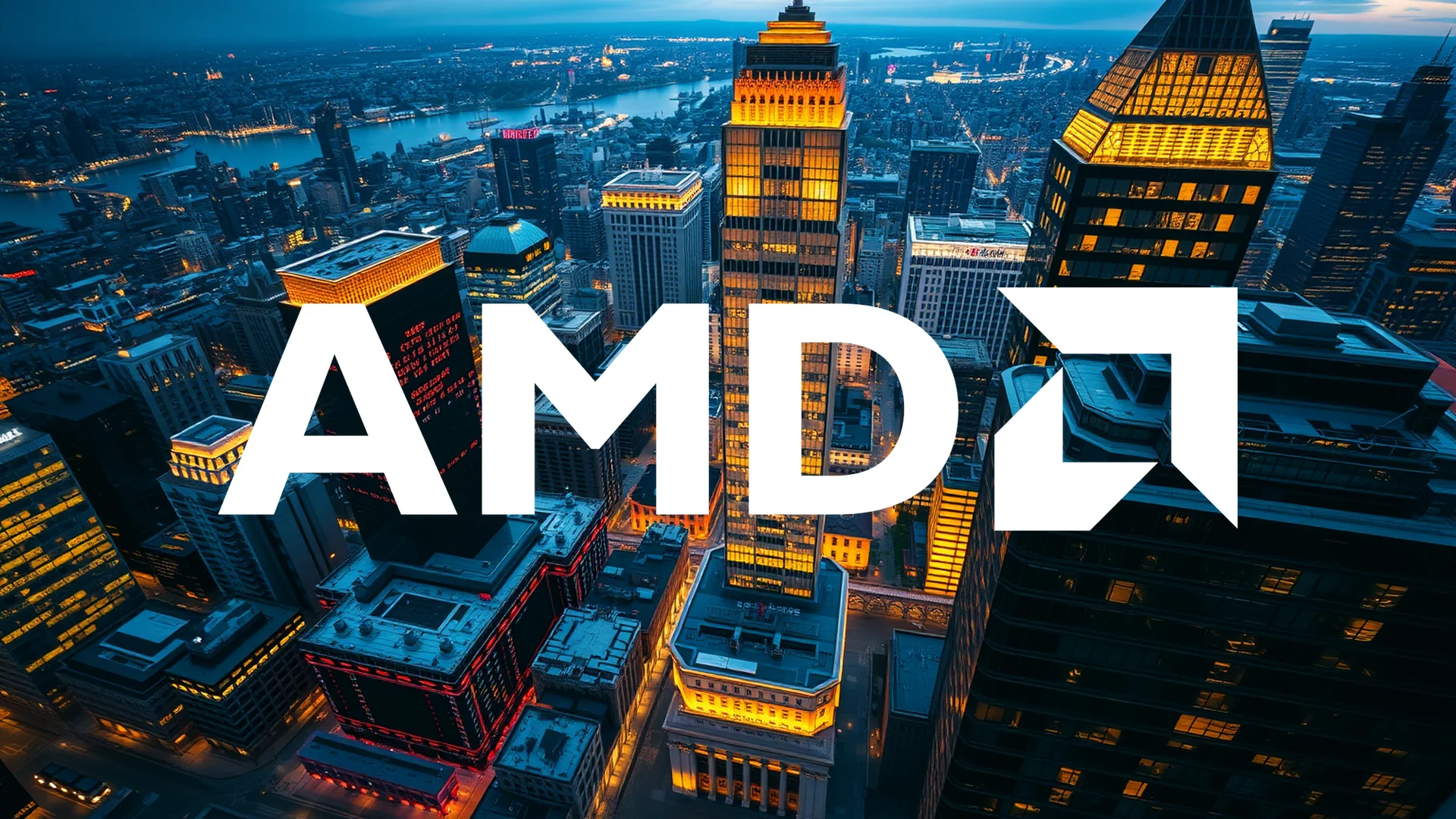The competitive landscape for artificial intelligence processors is intensifying, with Advanced Micro Devices (AMD) securing two substantial agreements that position the company as a formidable challenger to Nvidia’s market dominance. These strategic partnerships represent the most significant threat yet to Nvidia’s overwhelming control of the data center GPU sector.
OpenAI Commits to Multi-Year Computing Agreement
In a move announced in October 2025, OpenAI has entered into a massive computing power arrangement covering 6 gigawatts that will extend across multiple years and chip generations. This landmark agreement includes an initial deployment of 1 gigawatt of MI450 GPUs commencing in the second half of 2026. As part of the comprehensive deal, OpenAI received warrants for approximately 160 million AMD shares, representing about 10% of the company’s total equity.
Jean Hu, Chief Financial Officer of AMD, emphasized the strategic importance of this partnership: “This arrangement creates substantial strategic alignment and shareholder value for both companies and is expected to contribute significantly to AMD’s non-GAAP earnings per share.” The anticipated revenue from this multi-year commitment reaches into the tens of billions of dollars.
Oracle Makes Major Commitment to AMD Technology
Oracle Cloud Infrastructure has placed a substantial order for 50,000 AMD Instinct MI450 chips, with deliveries scheduled to begin in the third quarter of 2026. This represents Oracle’s first major public commitment to AMD technology as a viable alternative to Nvidia’s industry-leading processors.
Karan Batta, Senior Vice President at Oracle Cloud Infrastructure, expressed confidence in the decision: “We’re convinced customers will embrace AMD very positively – particularly within the inferencing domain.” The MI450 chips represent AMD’s most advanced AI processors, featuring architecture that enables interconnection into room-sized systems where 72 chips function as a single computational unit. This capability proves essential for developing and deploying the most complex artificial intelligence algorithms.
Should investors sell immediately? Or is it worth buying Advanced Micro Devices?
Innovative Warrant Structure Ensures Long-Term Alignment
The partnership with OpenAI incorporates a sophisticated warrant mechanism that creates unprecedented strategic coordination between the companies. Initial warrant tranches activate with the first 1-gigawatt deployment, while additional portions become available as the scale progresses toward the full 6-gigawatt capacity. The release schedule connects to specific stock price performance benchmarks, while OpenAI must achieve defined technical and commercial milestones.
For AMD shareholders, this translates to enhanced revenue visibility extending through 2026 and beyond. The combined Oracle and OpenAI agreements provide not only concrete deployment timelines but also multi-year revenue commitments in the tens of billions and a more diversified customer base.
Shifting Dynamics in AI Processor Market
These developments arrive at a pivotal moment in the AI chip sector. OpenAI, which historically relied heavily on Nvidia processors for ChatGPT development, is now diversifying its hardware suppliers to meet enormous computational demands. OpenAI leadership has acknowledged requiring AI chips from multiple providers to support their expansion objectives.
Currently commanding over 90% of the data center GPU market, Nvidia faces its most substantial competitive challenge to date. While the ultimate impact on market dynamics remains uncertain, these agreements establish AMD as a credible alternative in the high-stakes artificial intelligence processor arena. The stage is set for the next chapter in the intensifying competition for AI chip supremacy.
Ad
Advanced Micro Devices Stock: Buy or Sell?! New Advanced Micro Devices Analysis from December 3 delivers the answer:
The latest Advanced Micro Devices figures speak for themselves: Urgent action needed for Advanced Micro Devices investors. Is it worth buying or should you sell? Find out what to do now in the current free analysis from December 3.
Advanced Micro Devices: Buy or sell? Read more here...










